Retro Replay Review
Gameplay
The Da Vinci Code: Light Puzzle centers around a clever light-reflection mechanic that feels intuitive from the first puzzle. Players position mirrors, prisms, and colored filters within the confines of Rosslyn Chapel to guide sunlight into specific crystals. Each completed configuration awards a letter, slowly unveiling the hidden messages embedded in the chapel’s walls. This letter-collection twist adds a tangible sense of progression beyond simply solving isolated puzzles.
As you advance, the complexity ramps up steadily. Early levels rely on basic mirror placement, but later challenges introduce double-sided mirrors that handle two beams simultaneously, splitters that divide a beam into multiple paths, and prisms that bend and recolor the light. These new tools expand the core mechanic, requiring strategic foresight to manage limited moves before the sun sets. Time pressure injects a dose of tension, preventing puzzles from becoming too formulaic.
Controls are streamlined for mobile play, with drag-and-drop placement and straightforward gesture-based rotation. Each tool snaps neatly into place, and an undo button lets you backtrack moves when you hit a dead end. While veteran puzzle fans may crave more radical surprises, the design strikes a nice balance between accessibility for newcomers and depth for seasoned players.
Graphics
Visually, The Da Vinci Code: Light Puzzle captures the gothic grandeur of Rosslyn Chapel with detailed backgrounds and immersive lighting effects. The stone walls, stained-glass windows, and carved pillars are rendered in muted earth tones, providing a believable historical setting that never distracts from the puzzle at hand. The interplay of light and shadow feels particularly well done on small screens, with subtle gradients and lens flares enhancing each beam’s journey.
The game’s user interface remains clean and unobtrusive. Tool icons are neatly arranged along the bottom of the screen, their silhouettes easily distinguished even in dimly lit levels. When moving or rotating devices, a faint glow highlights the active element, ensuring you always know which piece you’re manipulating. This clarity is crucial when juggling multiple beam paths under a move limit.
While not pushing the boundaries of mobile graphics in 2024, the aesthetic choices serve the gameplay perfectly. Animations are smooth and load times minimal, making each puzzle feel like a polished diorama rather than a fleeting phone app. The consistent art style reinforces the game’s intellectual, mystery-driven tone.
Story
Although The Da Vinci Code: Light Puzzle is puzzle-focused, it weaves in narrative snippets that fans of Dan Brown’s work will appreciate. Robert Langdon and Sophie Neveu’s quest unfolds through brief, illustrated interludes between chapters. These vignettes set the stage for the next set of puzzles, reminding players of the high stakes involved in decoding centuries-old secrets.
The letters you collect by solving puzzles spell out fragments of a larger message hidden in the chapel’s architecture. This meta-layer gives each puzzle a narrative purpose, transforming cold mechanics into part of a treasure hunt. Unveiling the message feels rewarding, especially for those who enjoy piecing together cryptic prophecies and historical conspiracies.
The story isn’t as deep or character-driven as the film or novel, but it doesn’t need to be. As a puzzle-driven spin-off, it hits the right notes by maintaining thematic consistency. The constant presence of Langdon and Neveu, combined with atmospheric text overlays, keeps you invested in the mystery without bogging down the pace.
Overall Experience
The Da Vinci Code: Light Puzzle offers a satisfying blend of brain-teasing challenges and atmospheric storytelling. Its increasing complexity ensures that no two puzzles feel identical, and the gradual introduction of new tools keeps the formula fresh. Whether you’re a casual player looking for short bursts of gameplay or a puzzle enthusiast seeking a methodical challenge, this title accommodates both playstyles.
Replayability stems from the desire to complete puzzles in fewer moves or discover hidden shortcuts. While there’s no built-in hint system beyond restarting a level, the satisfaction of cracking a tricky configuration without assistance is part of the appeal. For those who prefer a hand-holding approach, the move limit can feel punishing at times, but it also heightens the reward of success.
In conclusion, The Da Vinci Code: Light Puzzle stands out as a thoughtful, well-crafted mobile puzzle game that leverages its source material without becoming a mere licensed cash-in. If you appreciate visually engaging brain teasers set against a backdrop of historical intrigue, this is a must-try on your device.
 Retro Replay Retro Replay gaming reviews, news, emulation, geek stuff and more!
Retro Replay Retro Replay gaming reviews, news, emulation, geek stuff and more!
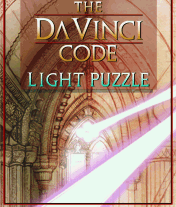
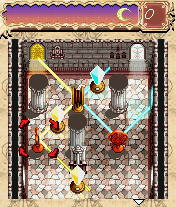
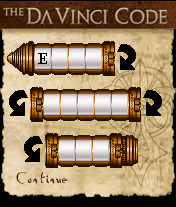
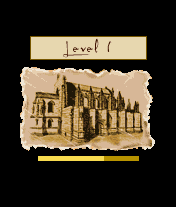
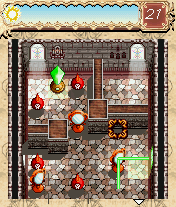


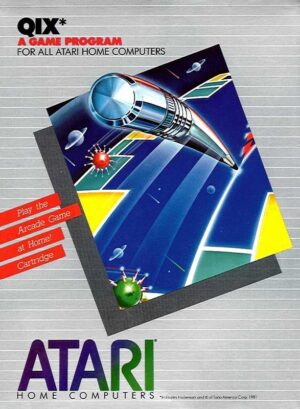

Reviews
There are no reviews yet.